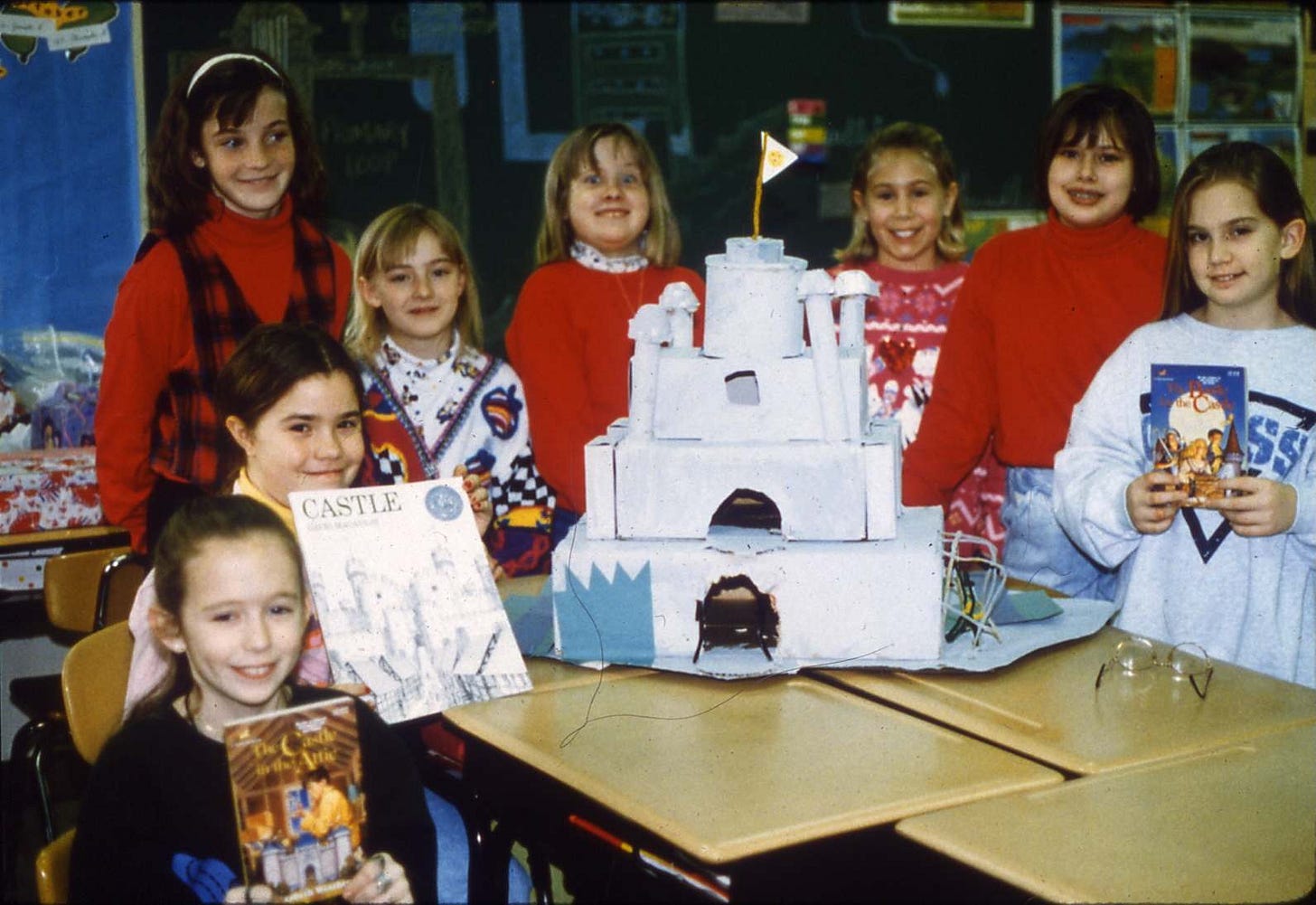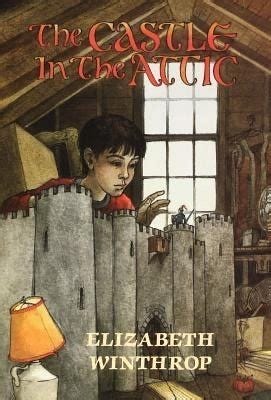Writing a novel is like riding an emotional roller coaster. So many ups and downs. In the beginning, you’re simply trying to create a world that a reader can enter. That means you need to develop believable characters, be they heros or villains, you need to set them in place and time so securely that your reader knows where she stands, and then you need to let those imagined creatures lead you forward. At least, as I’ve written before, that’s the way I do it. In the beginning, as I’ve told students, it’s as if you’re making a snowball that will eventually become the base of a snowman.
Once it begins to form and hold together, you start to push that frozen ball up a snowy hill where every turn of the packed base makes it larger, heavier and more unwieldy, but it’s growing. At some point, you reach the top of the hill. Stop there and take a breath because, if all is going as it should, that’s where the story takes on a life of its own and soon you’ll be chasing it down the other side, writing as fast as you can to keep up with your fully developed characters and all they have to tell you.
One day, you realize you’re done. You’ve written, you’ve revised and if you’re like me, nobody’s read it but yourself.
Here I take another pause. I’ve spent lots of time in this world I’ve created. These characters have kept me company over weeks, months, years so this is my first stage of mourning. I miss my characters and the daily structure they’ve given me. I wander about aimlessly, pretending that the sweater I’m knitting or the photos I’m taking are fulfilling my creative urges. And then when what I call my “creative anxiety” builds to an unsustainable pitch, I send the manuscript out to my editors/readers.
No matter how many books I’ve written, I always imagine and hope that the one I’ve just finished is finally the perfect one, the book that doesn’t need one word changed. Despite having published dozens of novels that hasn’t happened yet, and in my saner moments, I know it never will. My smart readers let me know that there is still work to be done, so I plunge back in, dropping a scene here, adding another one there, changing the direction a character takes and the ensuing consequences. In one book, I had to change the entire manuscript from present to past tense which is the way it should have been written in the first place. I needed a smart editorial assistant to point that out to me and I’m grateful for her honesty.
When the revisions are done and the book has been copyedited, printed and put between two covers, I have another moment of sadness. This stage reminds me of leaving my child wailing at the door on his first day in preschool as I hurry off, trying not to look back.
Now there’s no way to protect this creation from the reviewers. She must make her own way. I’ve done all I can. However, I’ve proven to be a fickle creative parent. By the time that book is out in the world, I usually find I’m getting distracted by another idea, an island setting, an overheard tale or a wily trickster whispering in my creative ear.
If I’m lucky and the publisher has done its job, the book finds its readers and fans, it lands on bookstore shelves and in library nooks, and sometimes all the way into classrooms.
Often my book is translated, published in other countries, excerpted in anthologies. The sales are robust in the first years but usually dwindle slowly over time and one day in two years or ten or even twenty, I get the inevitable letter from the publisher informing me they are putting the book out of print.
Another moment of mourning. The little one I sent out has returned to me somewhat tattered and torn, but having lived a full life in the hands of readers who for a while entered the world I created. I order some last copies, revert the rights so that I hold them should another publisher show interest in reissuing the book, and I move on.
This is an especially poignant week for me because for the first time, I am the one reclaiming the rights of a book still in print. For now, The Castle in the Attic, my fantasy novel for middle grade readers will only be available in an audio version or in used bookstores, and libraries.
I wrote more about the reasons for my decision in my last post, A Big Announcement. Even though it is the right decision for the future of the franchise (a prequel is finished, the first sequel, The Battle for the Castle, is still in print, I’m working on the final sequel and a movie deal is in the works), I am sad at this pause in the 40 year publishing track record of my novel.
But a writer is never not writing. So I’m back on the roller coaster, one third of the way into the final sequel to The Castle in the Attic. The snowball is packed, heavy, unwieldy and I’m teetering on the crest of the hill. Wish me luck on the way down.
P.S. I’m always happy to hear from my readers in any form, but I’m especially grateful if you can write your comments in the Substack app, so that others can read them and respond.









Wishing you luck, Elizabeth! You are amazing and so are your snowmen! How fabulous that Castle in the Attic will have a prequel and sequel -- and fingers crossed for a movie! But yes, I hear you about the rollercoaster!
Thank you for all your amazing snowballs. Many years ago I read CITA to one of my third grade classes. They were so into that they wanted to write you letters asking for a class set, (very low budgeted school) that year. They were so excited when you responded to their letters. You sent my class the audio version of Battle for the castle. My class was impressed that a famous author took the time to respond to their letters. This is when your daughter had just had her twins, yes a few years ago. In a time when literature is taking a weird downward direction, your stories are capturing and entertaining without an agenda. Thank you for that for the kids. I always thought that CITA would be a great movie for kids. Best of luck with all your new snowballs. Thank you for all you do.